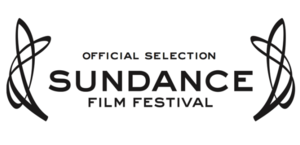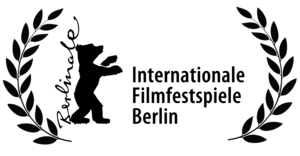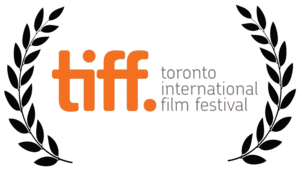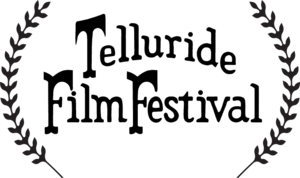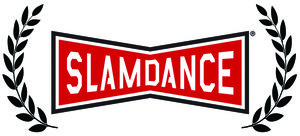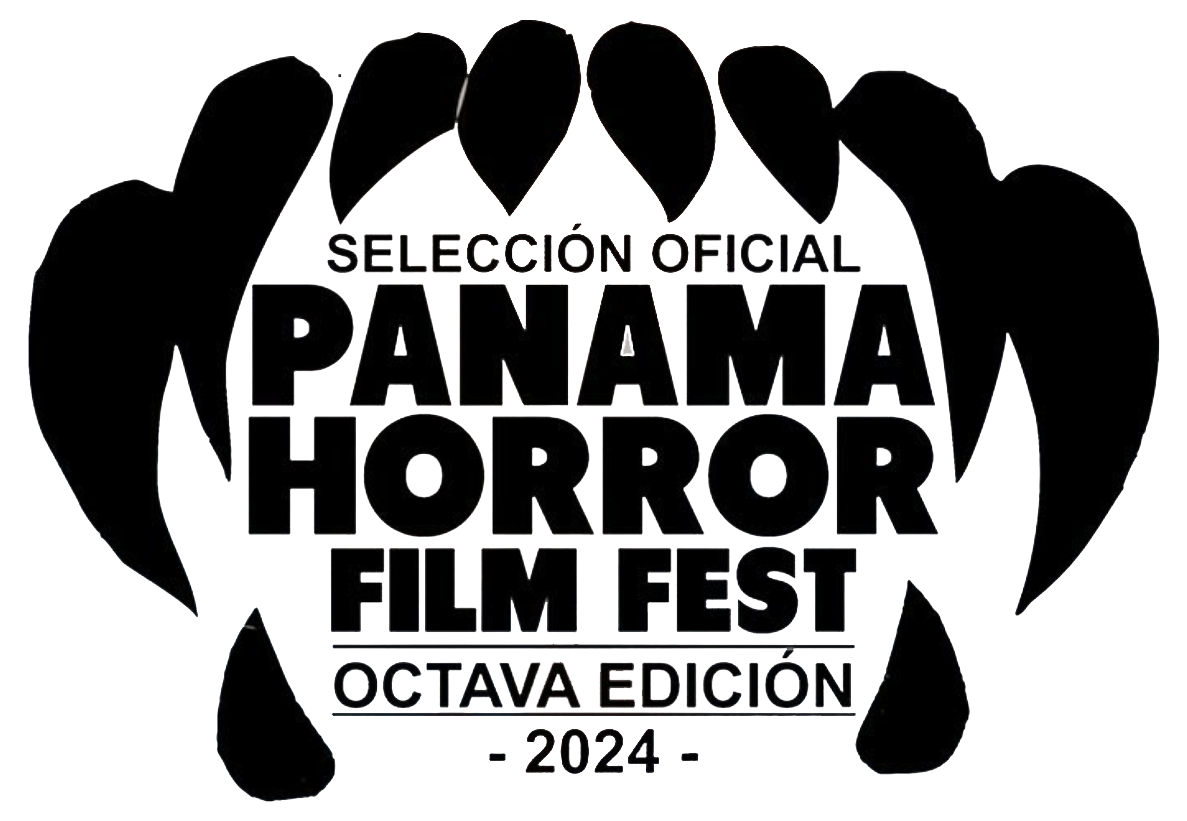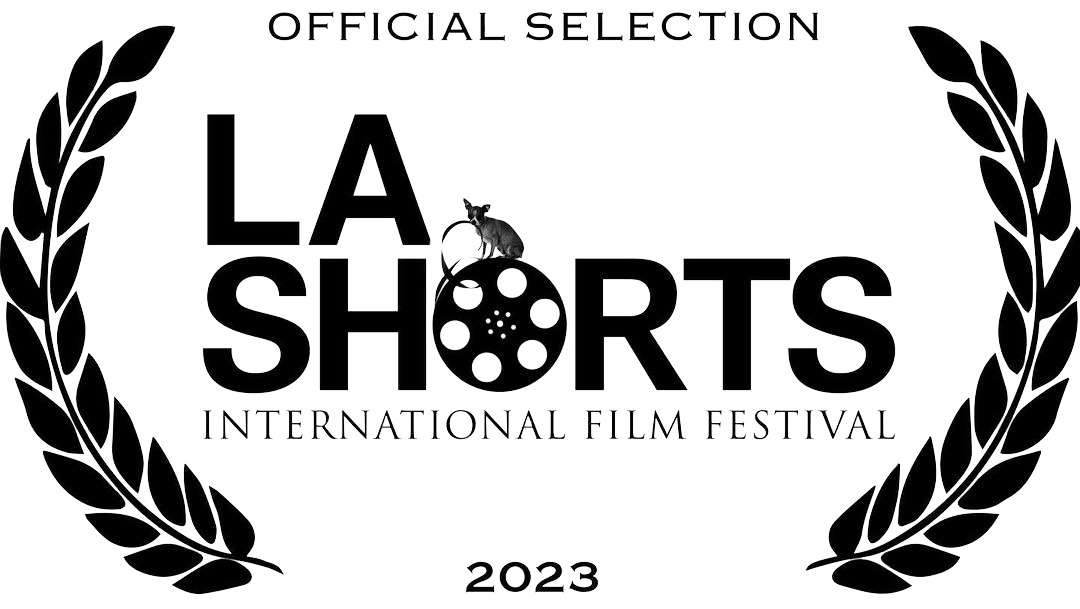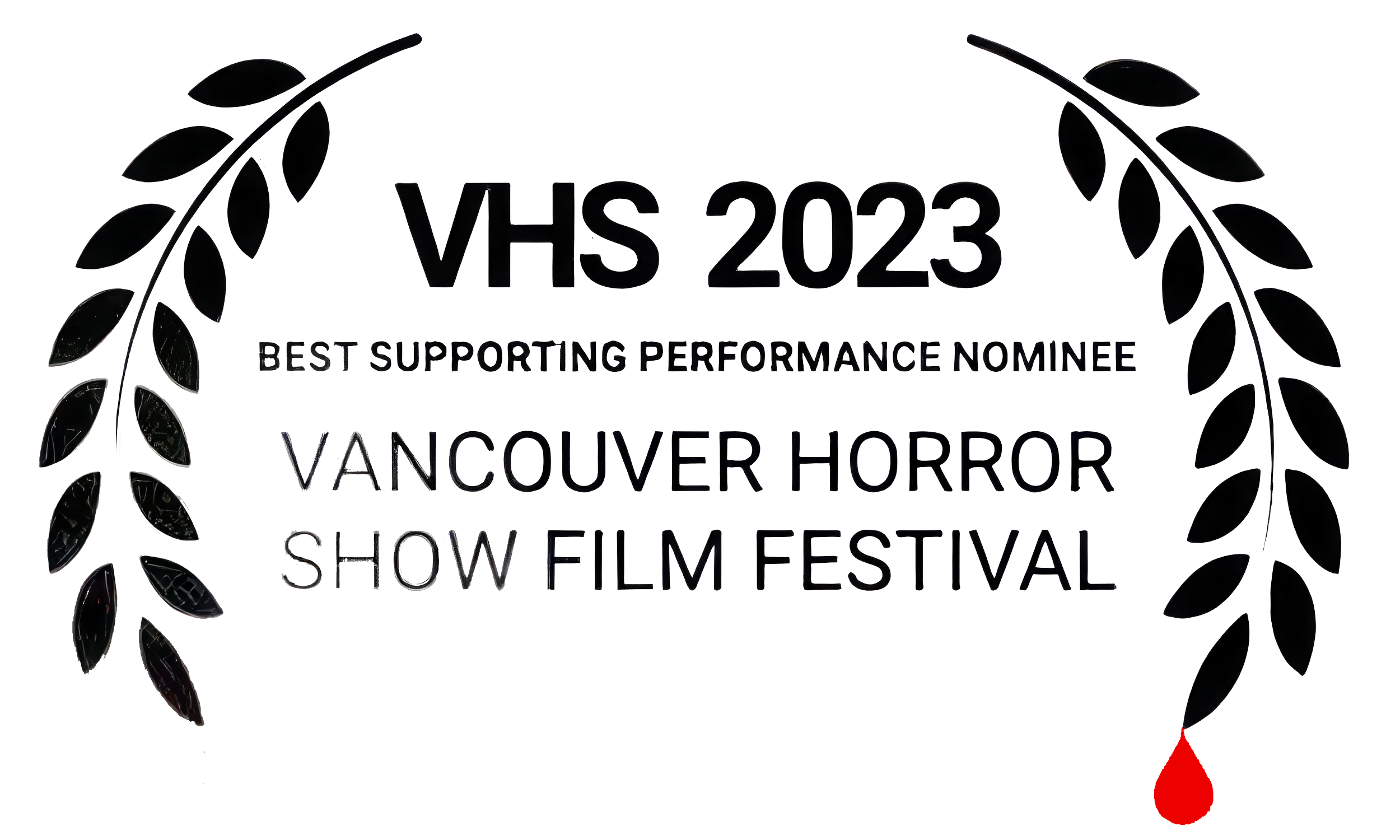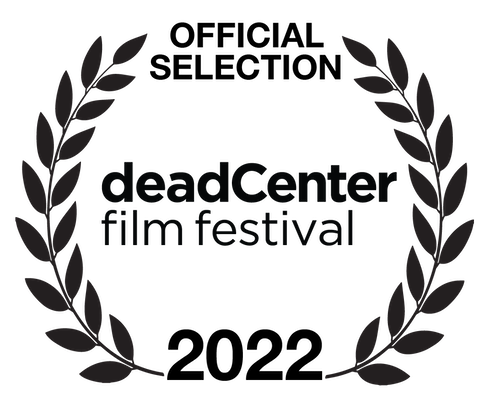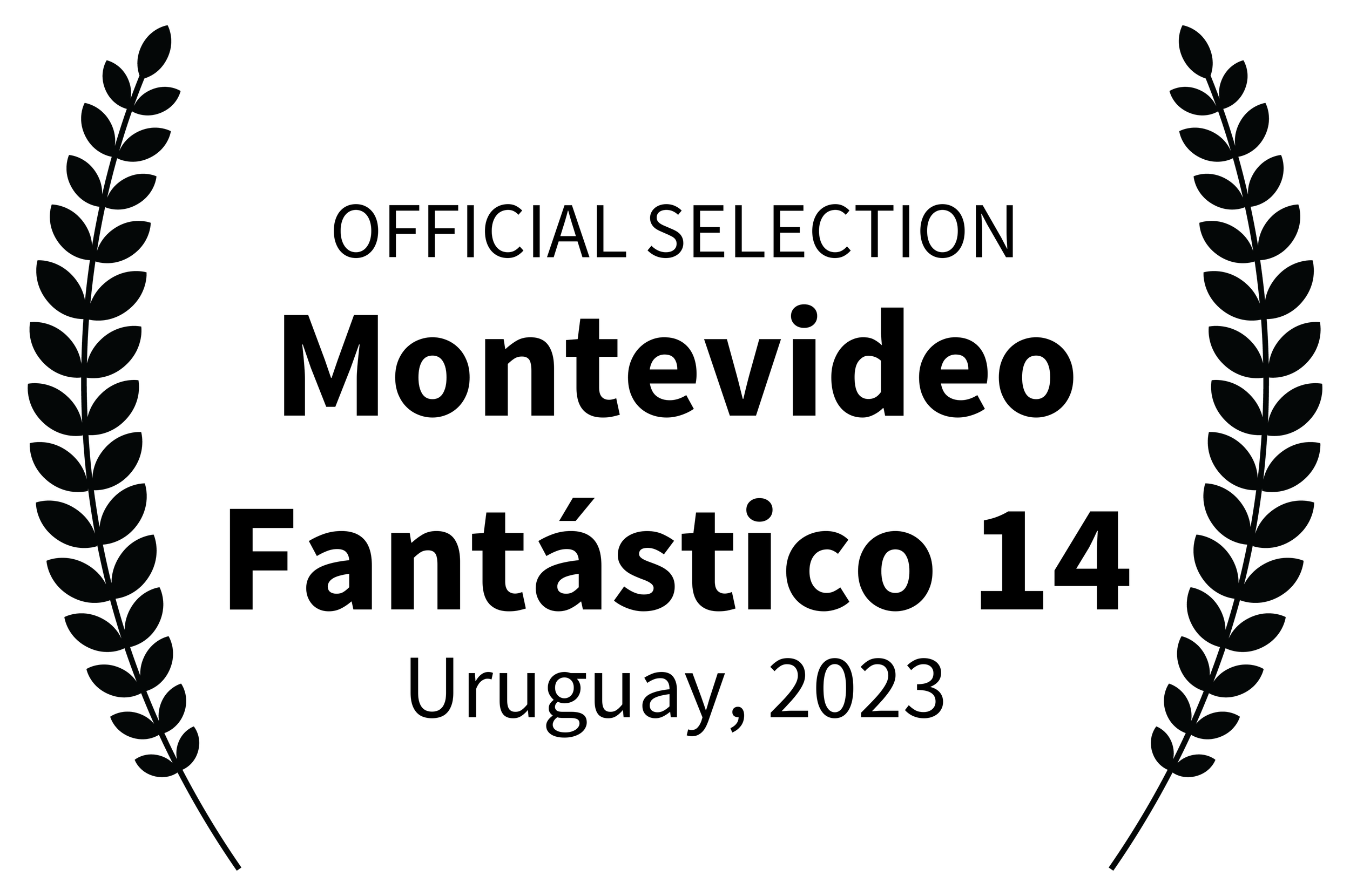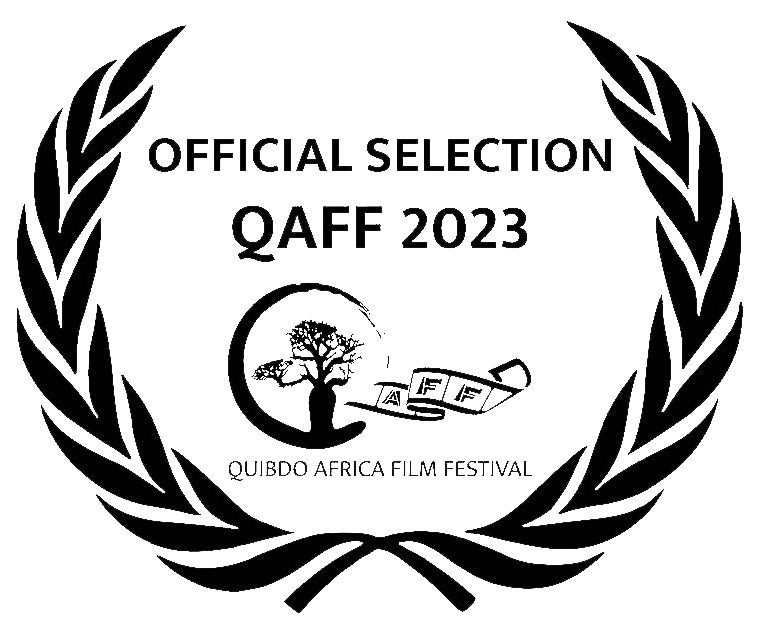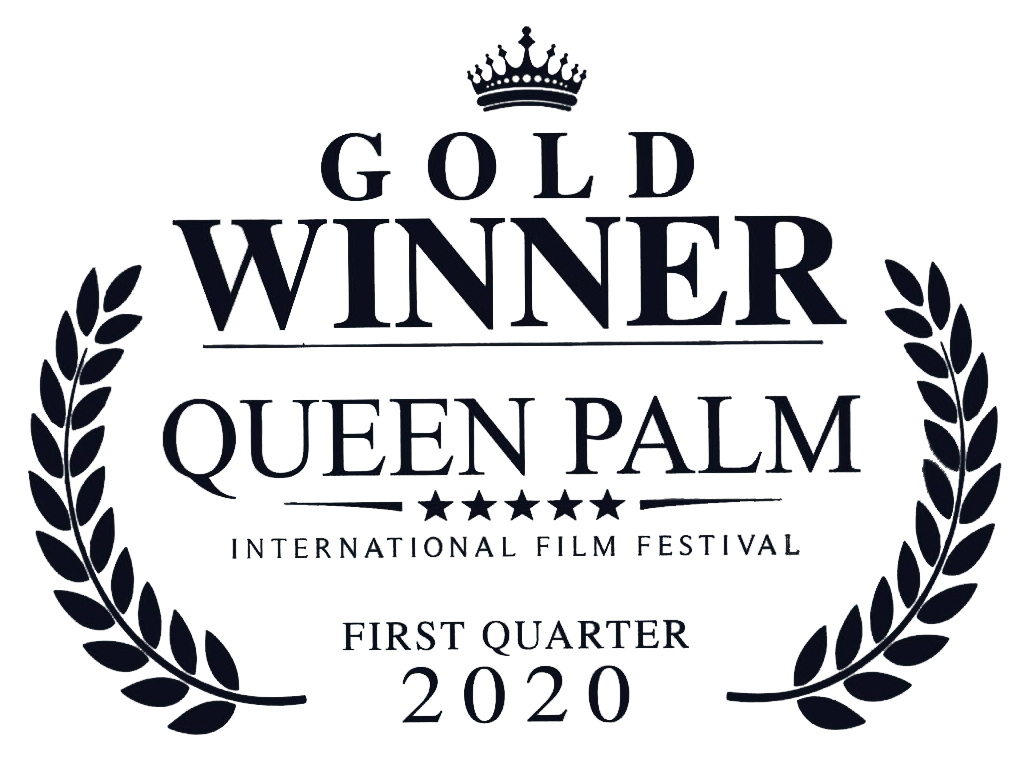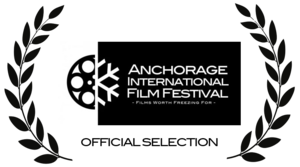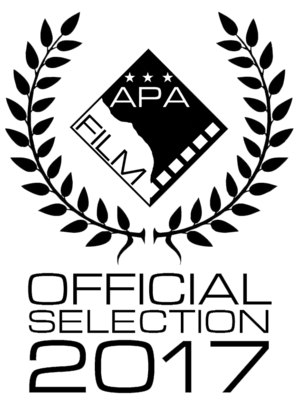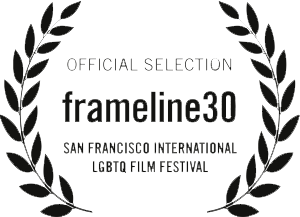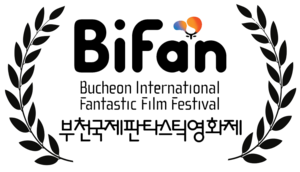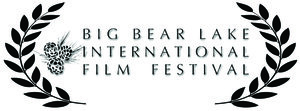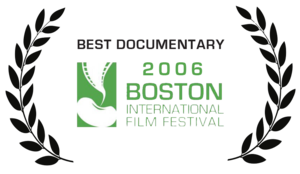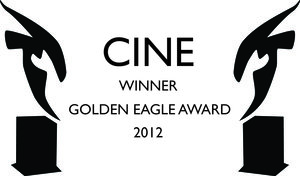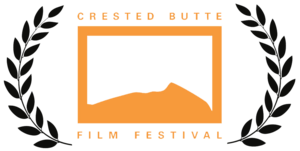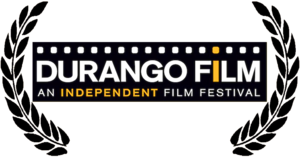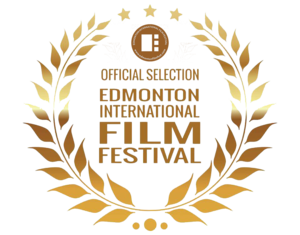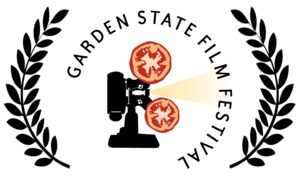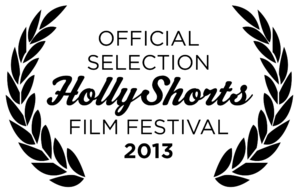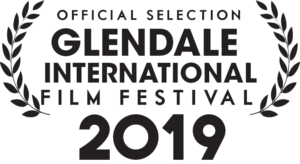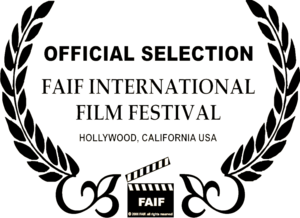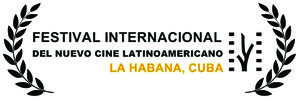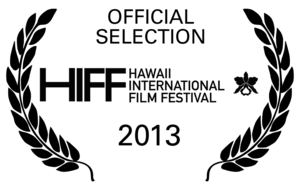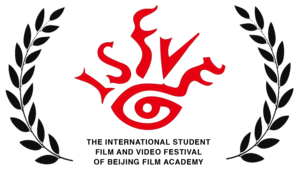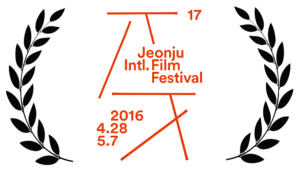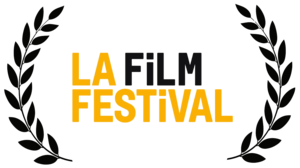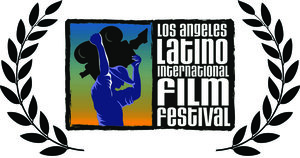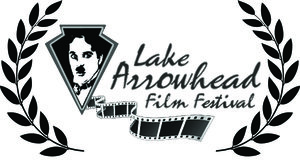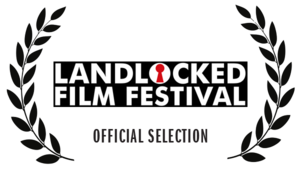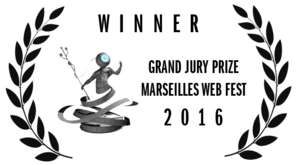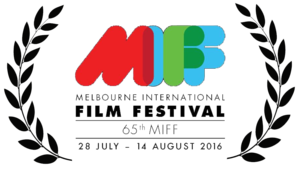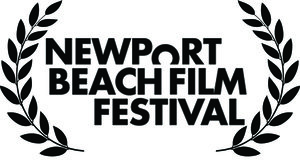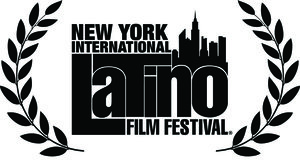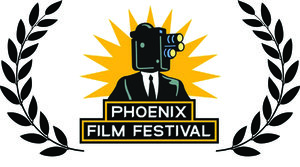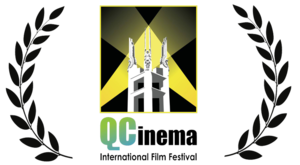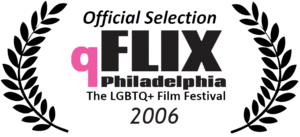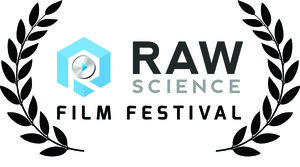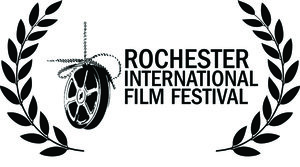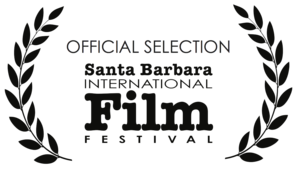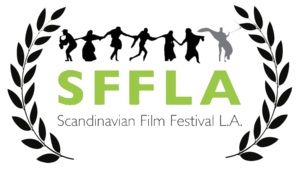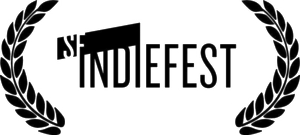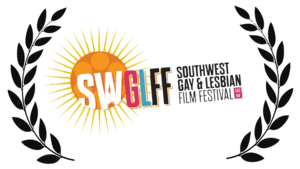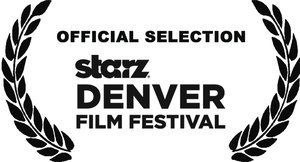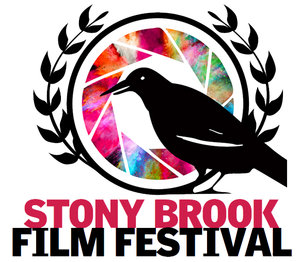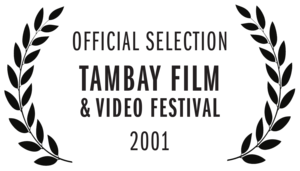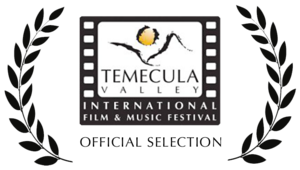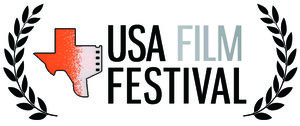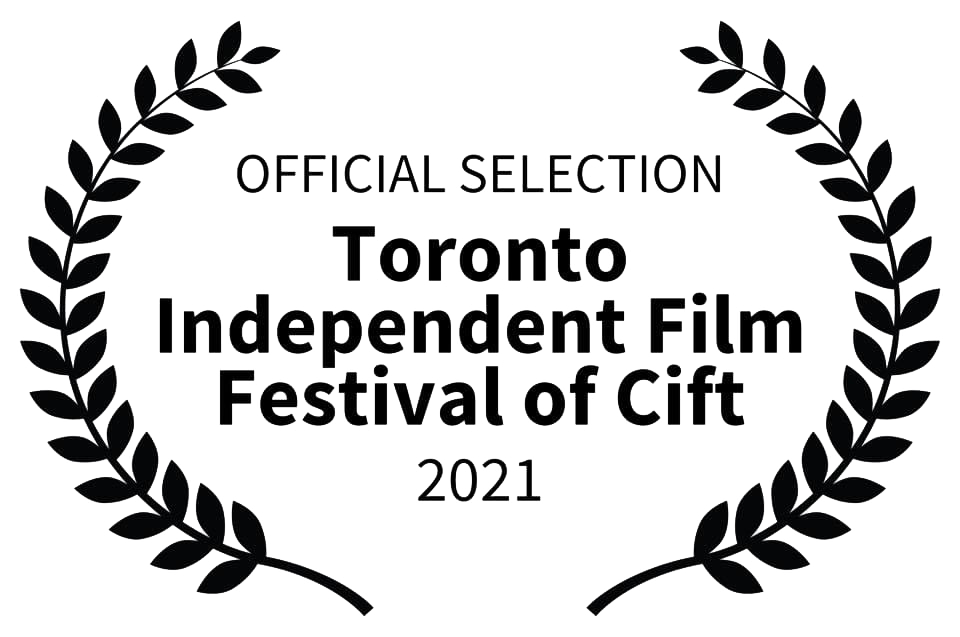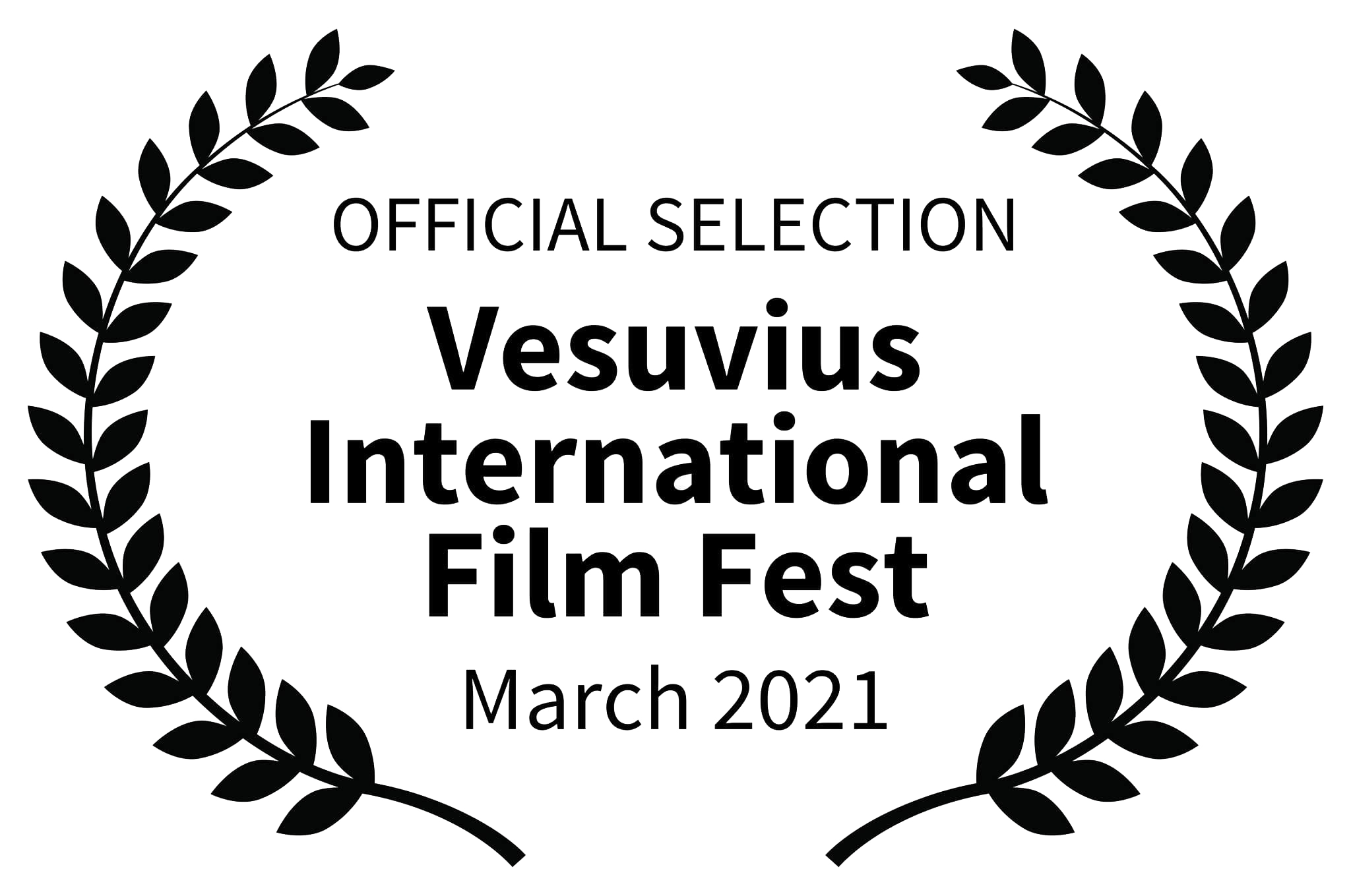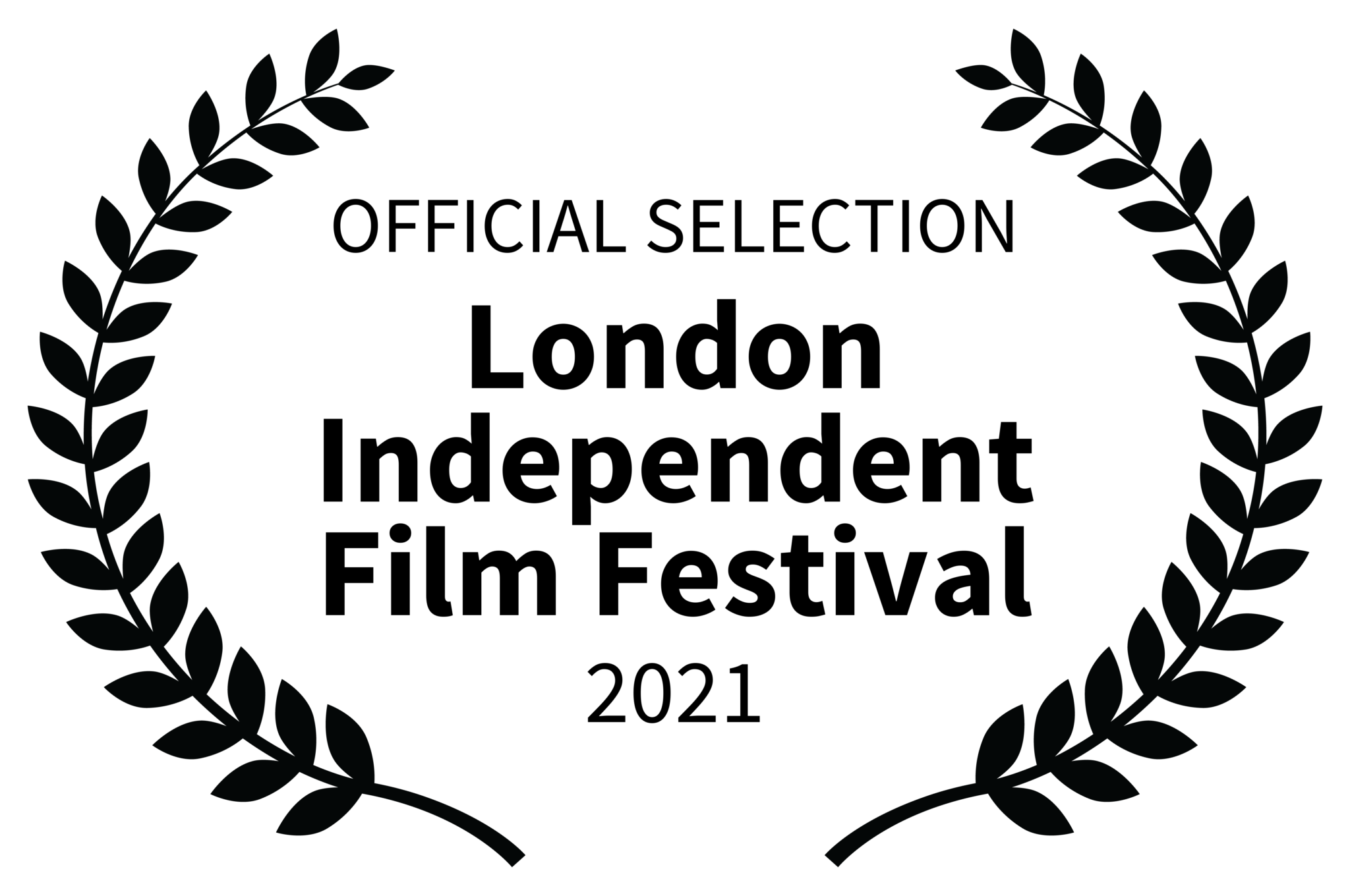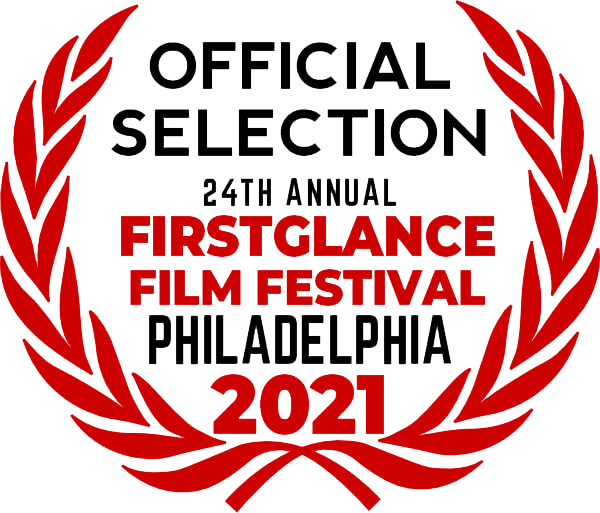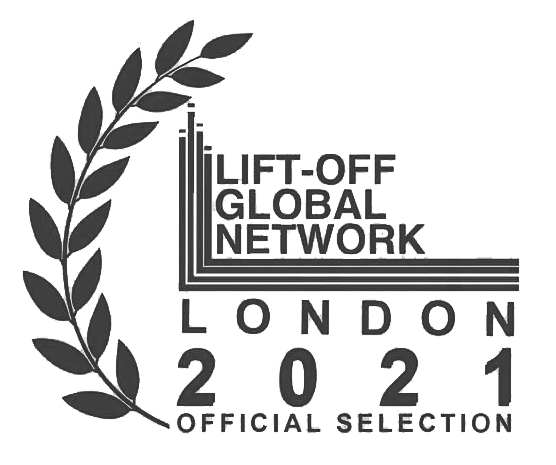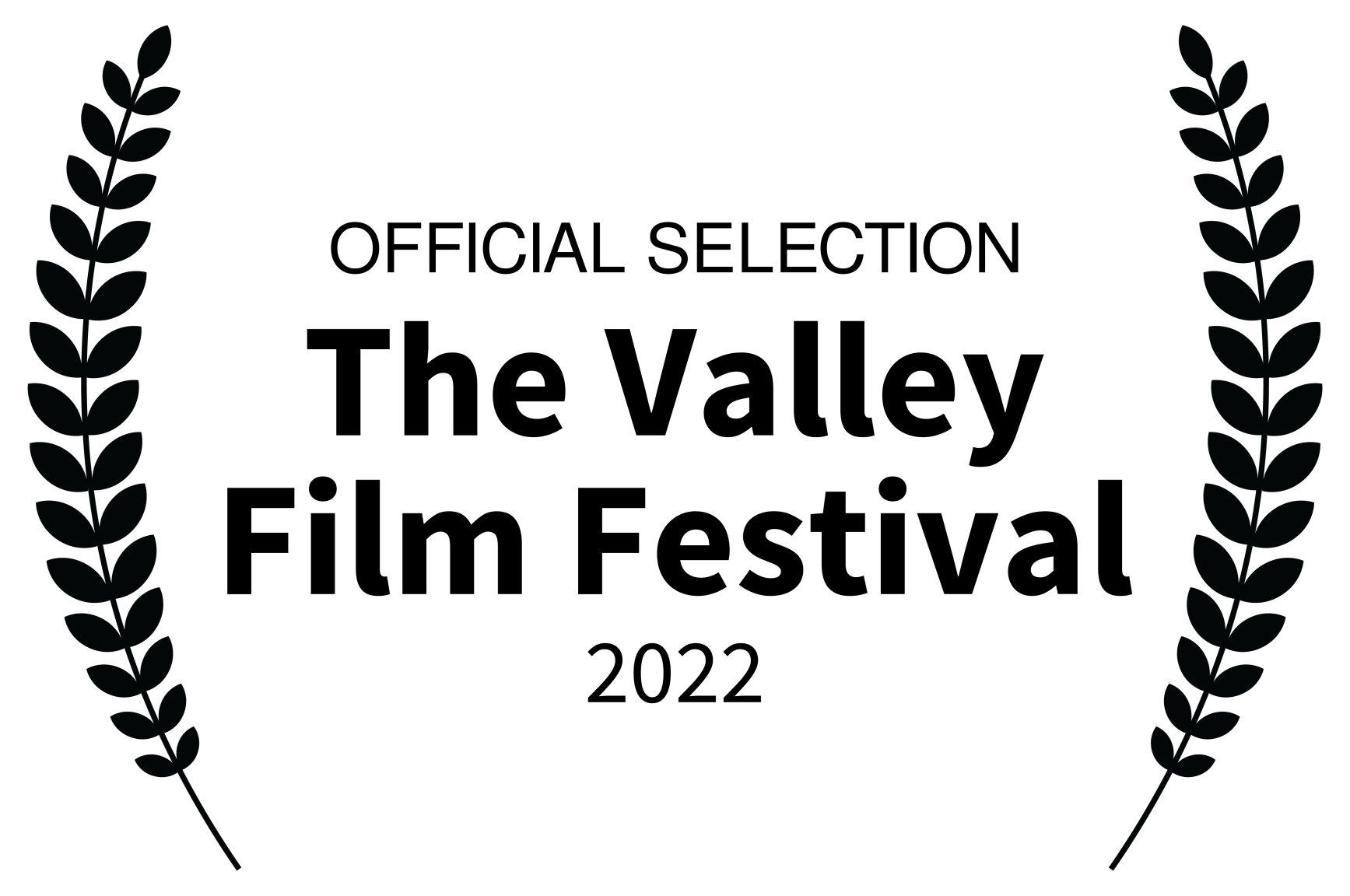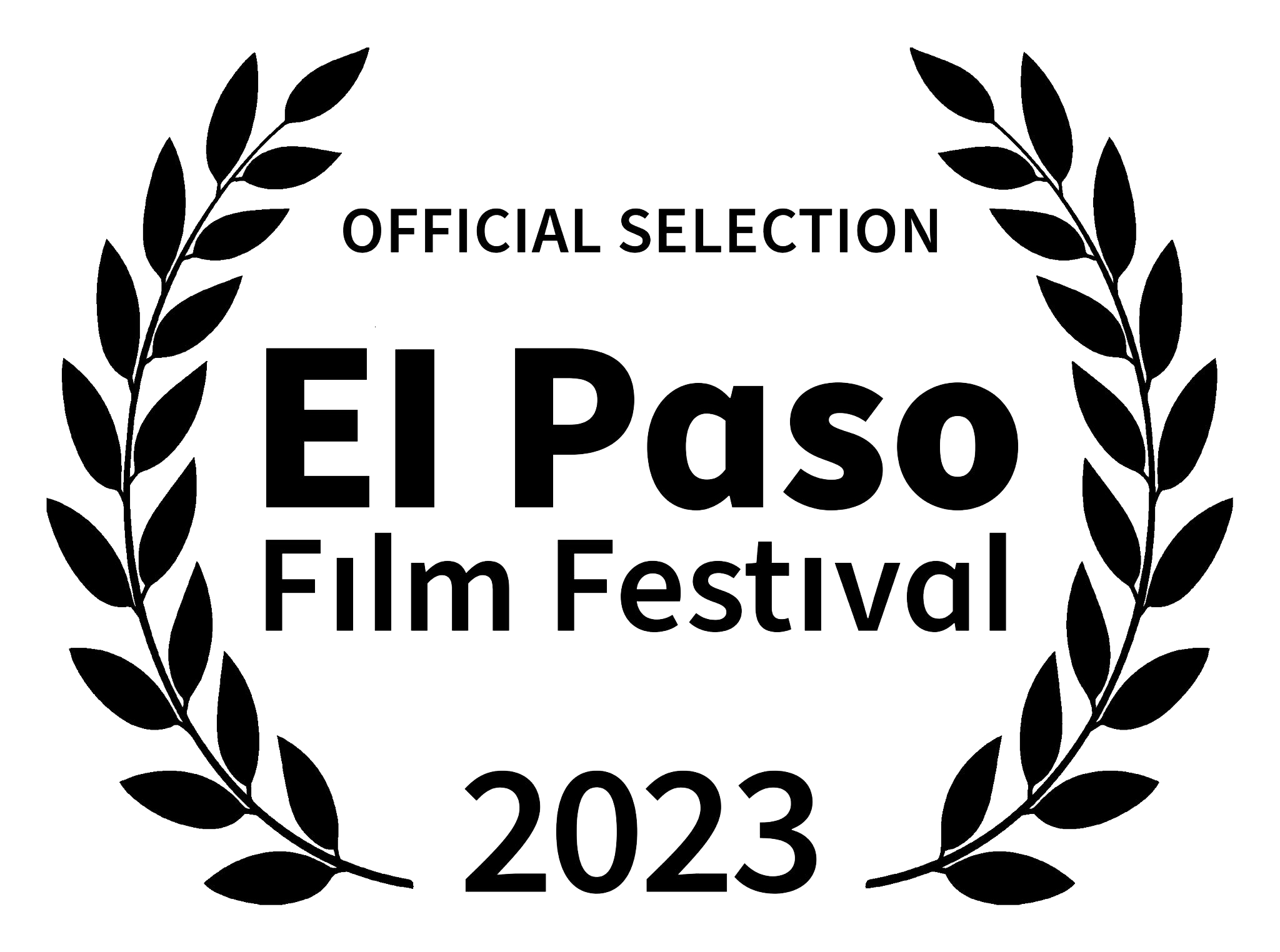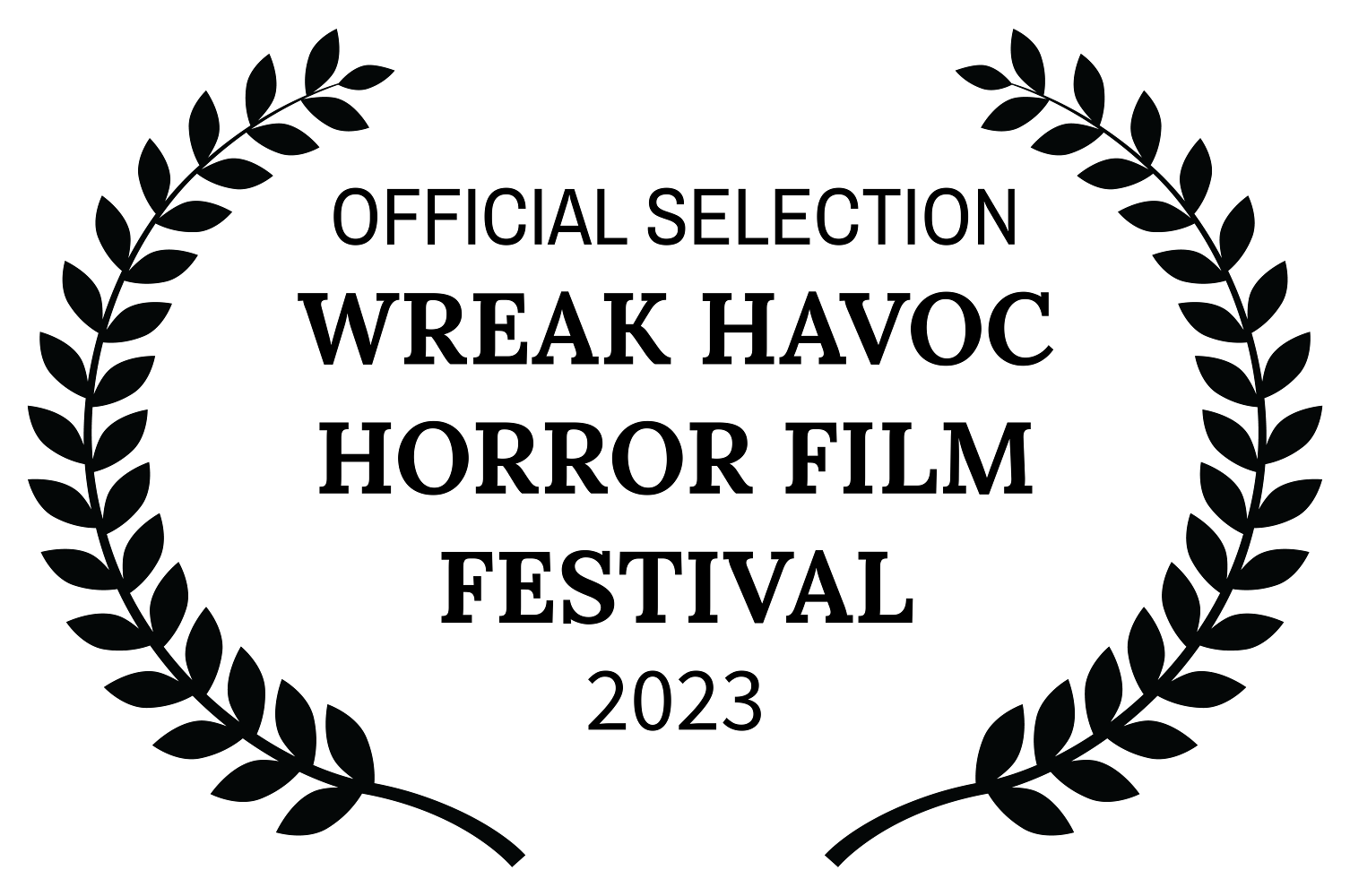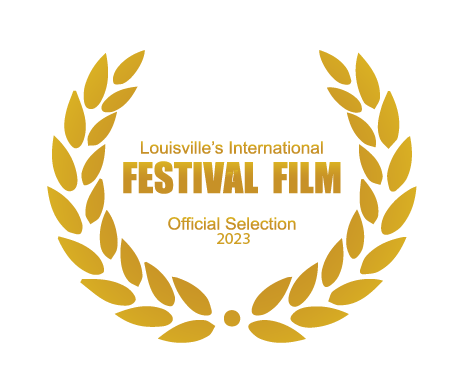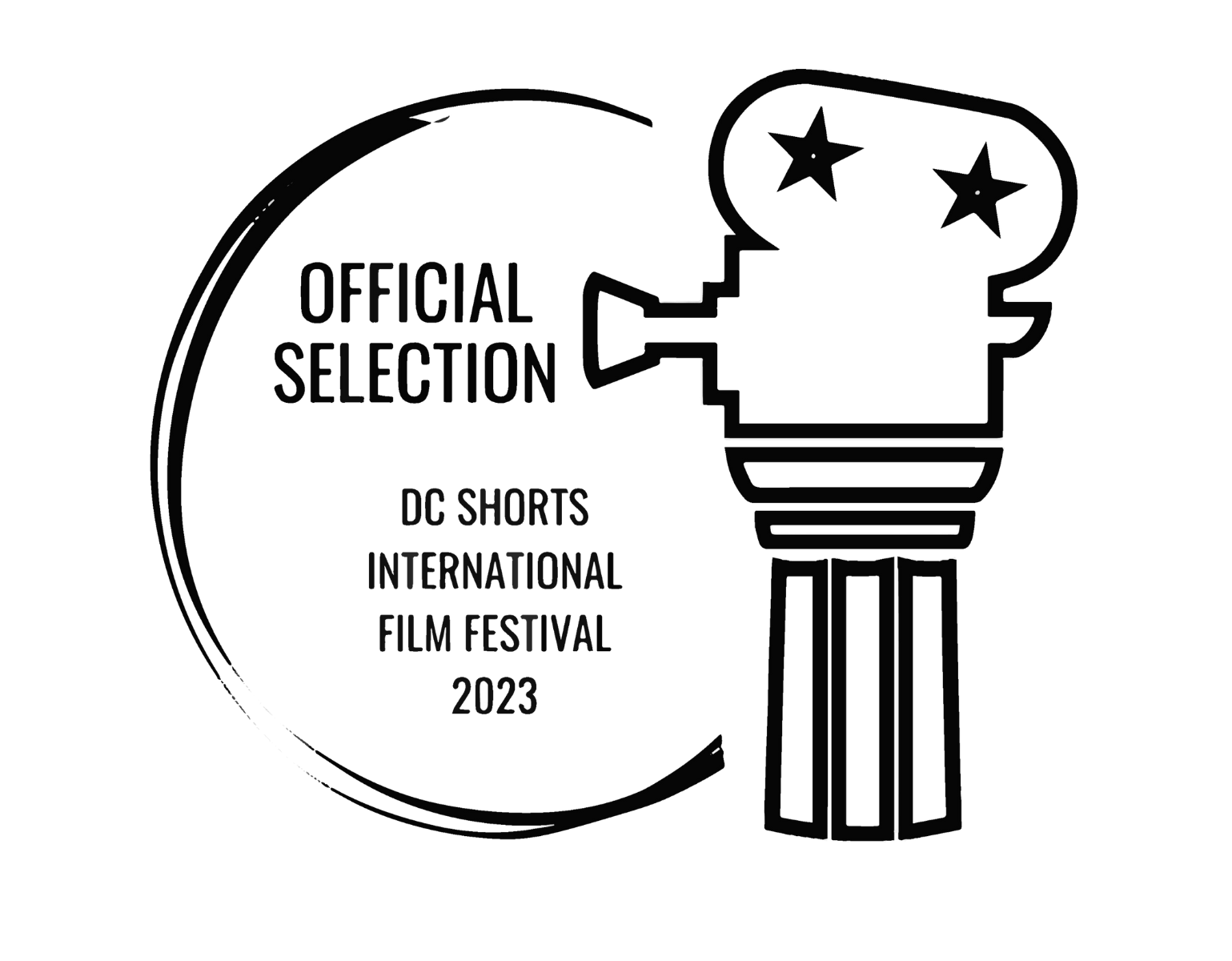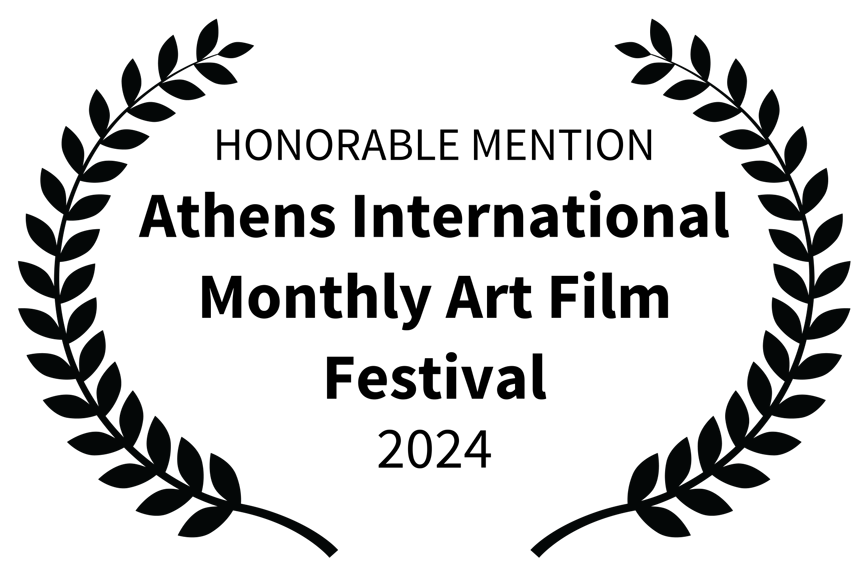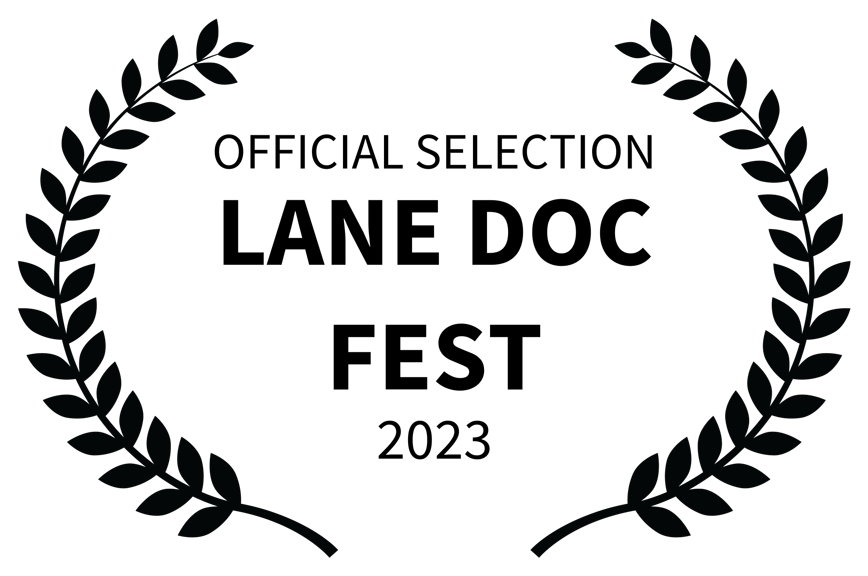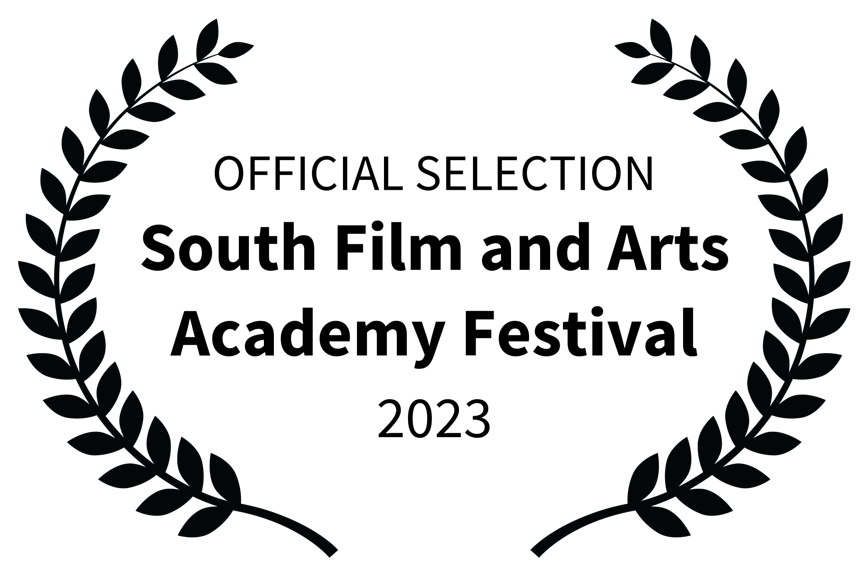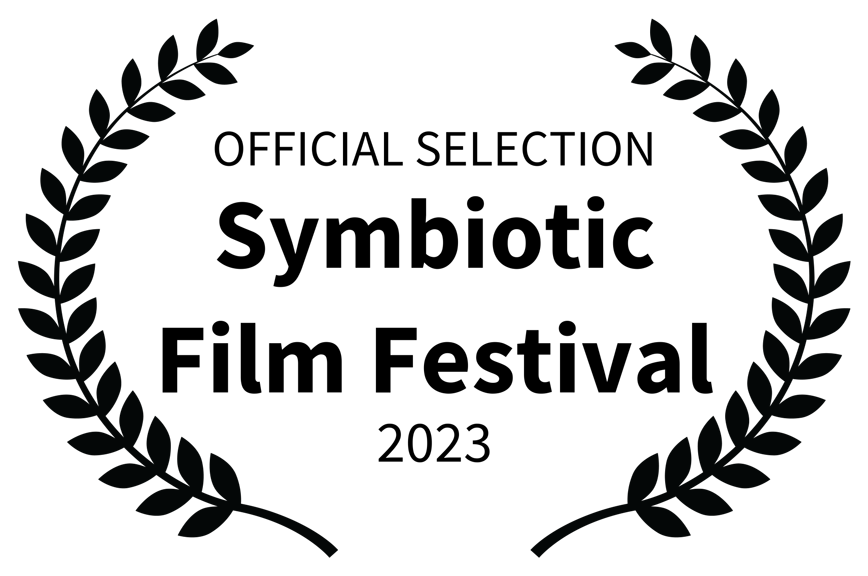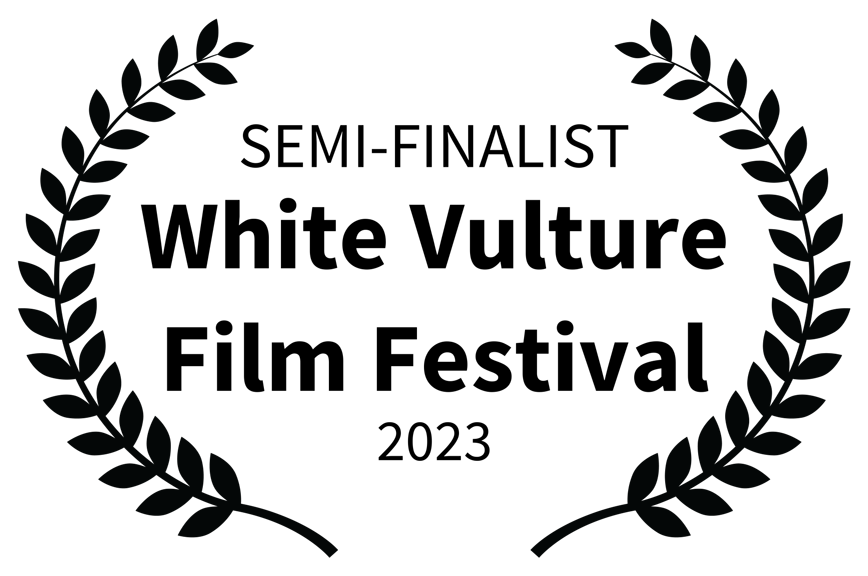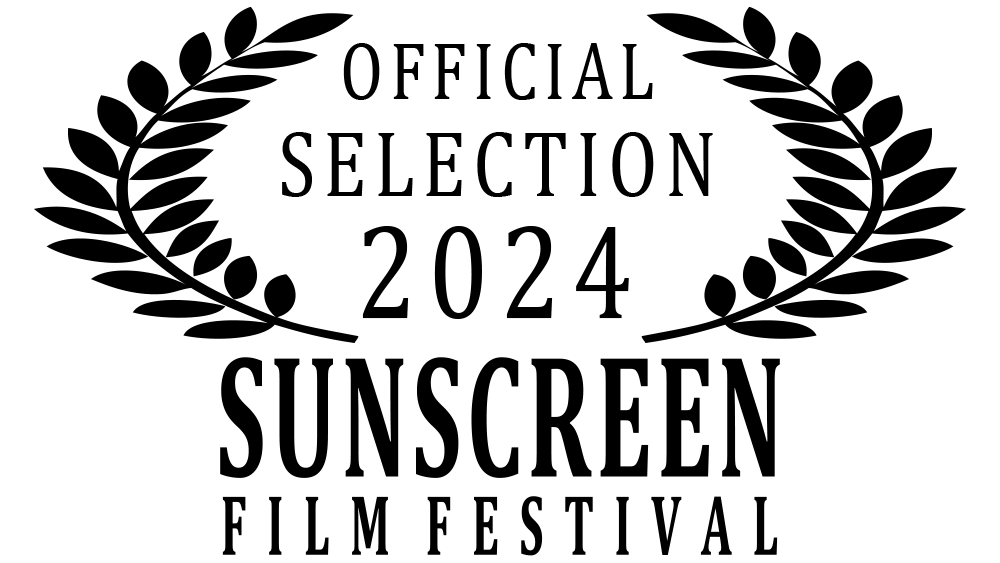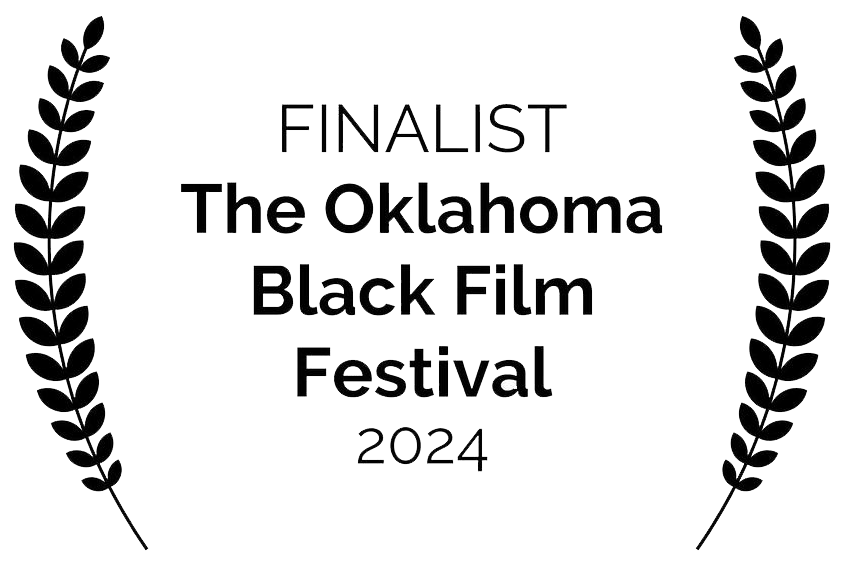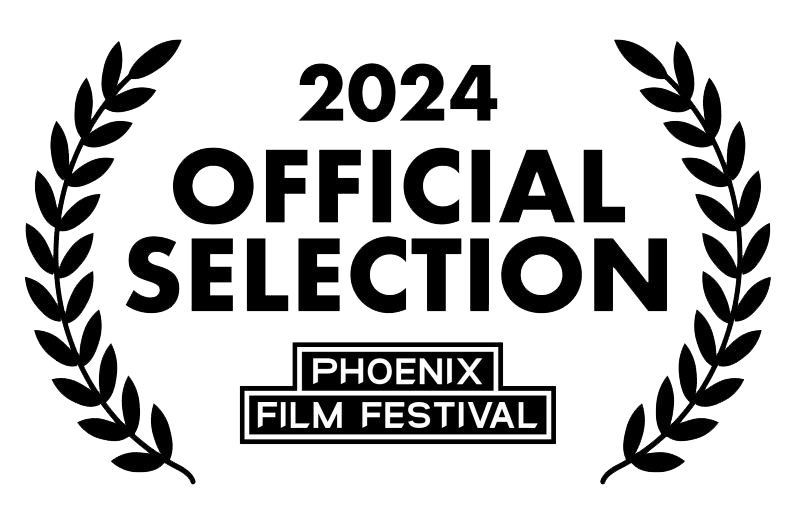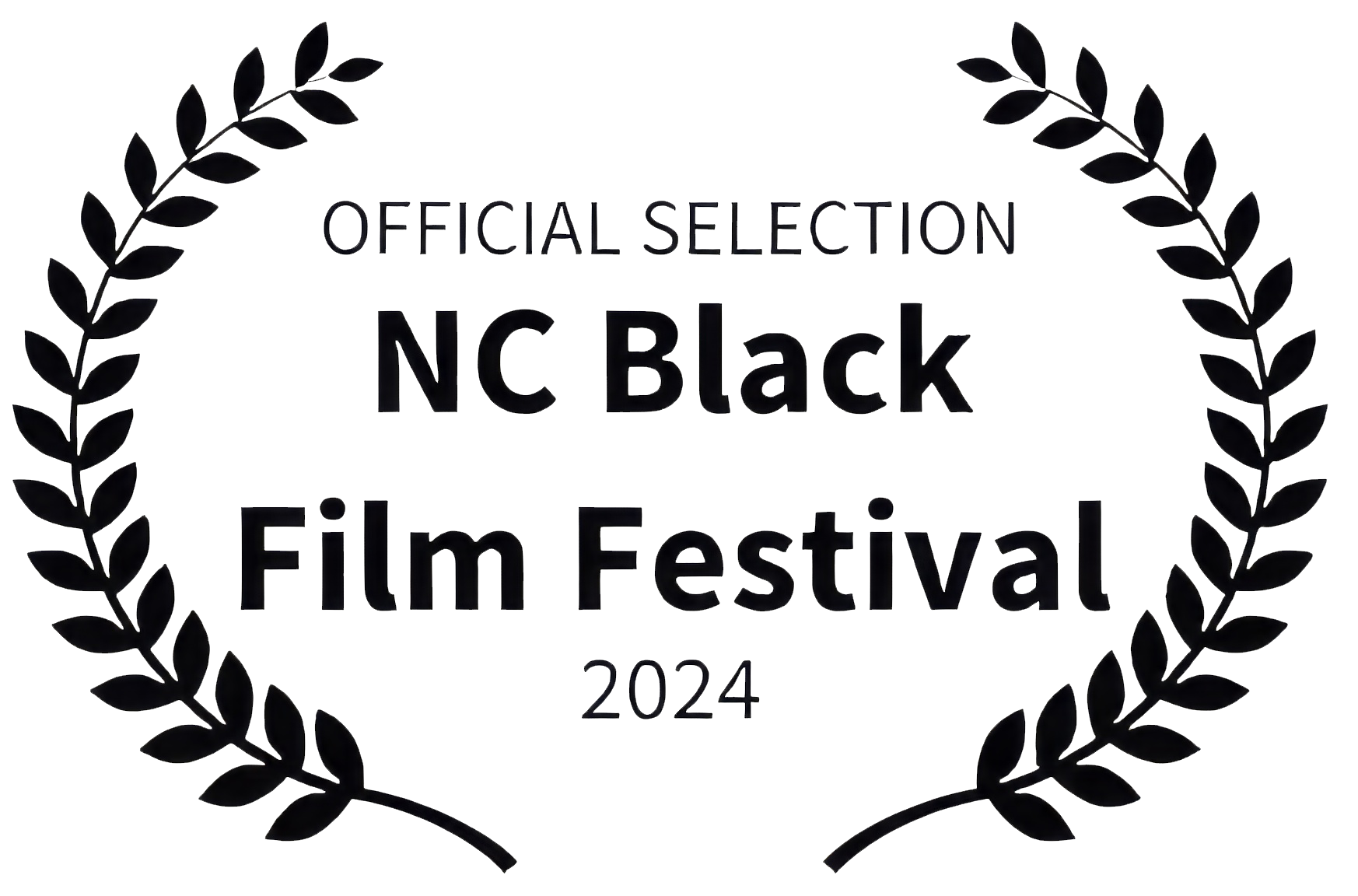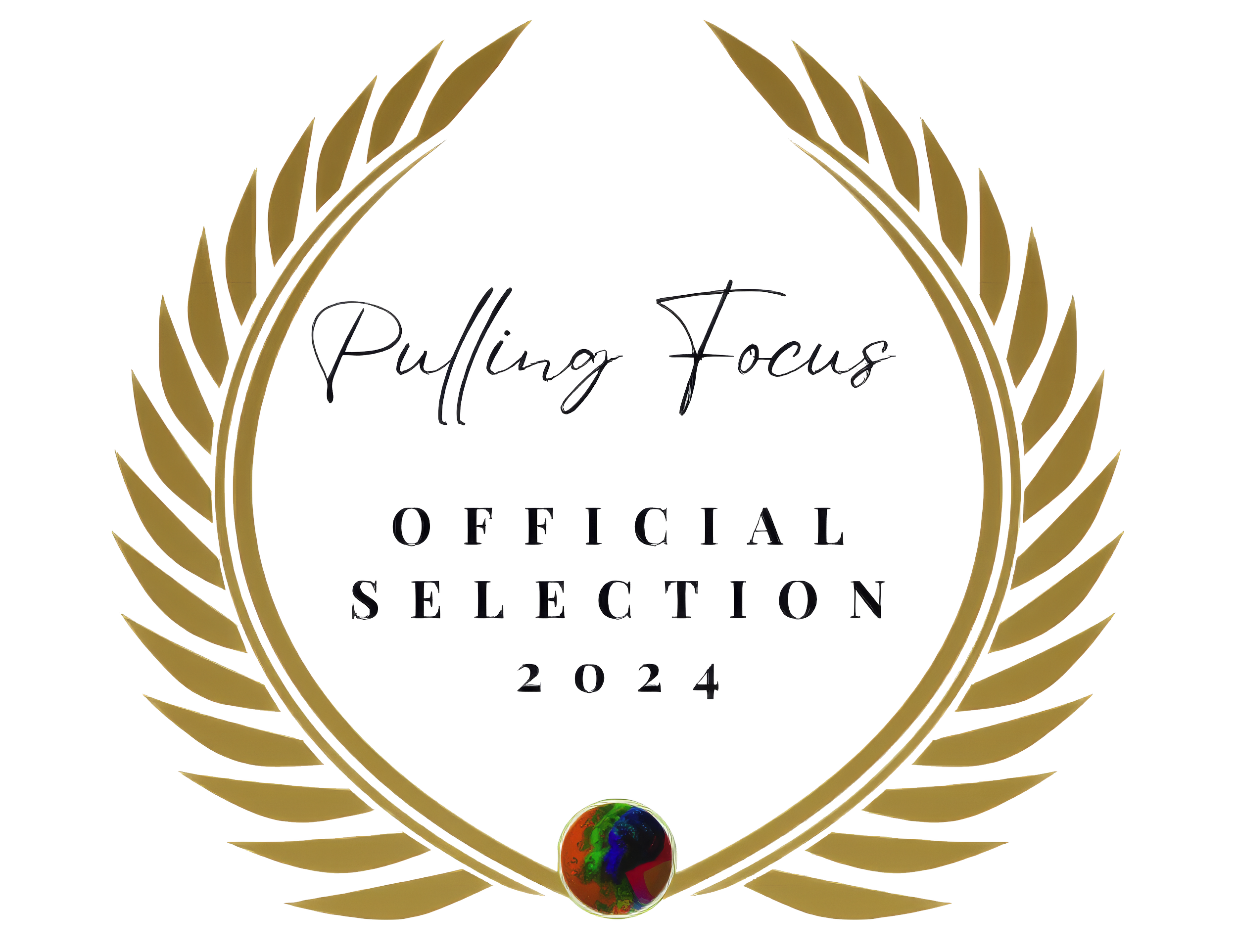Mandatory Film Scores (c. 2015)
/In the discussion following a recent lecture I gave at SUNY Fredonia, I was asked to list some important film scores through the history of cinema. As I prepared the list, it seemed more and more like a worthwhile blog entry. So here’s my list of Mandatory Film Scores, circa 2015.
As always, some caveats: First, these are Western-centric. A survey of Asian film music would—and should—be an entirely separate blog entry, particularly when it comes to the tradition of Bollywood films. So I’m giving myself perhaps a too-easy “out” by calling the entire region Beyond the Scope of this Blog Post. Besides, this is a long enough list as it is, and I know how busy you all are.
Next I should mention that, even though it’s limited to Western cinema (i.e., Europe and America) this list isn't anywhere close to being definitive… but at least it’s alphabetical by composer.
At a glance, I can see that I've left out essential composers such as Alfred Newman, Miklós Rózsa, Dmitri Tiomkin, Leonard Bernstein, Henry Mancini… and from a little more recently, Michael Giacchino, Philip Glass, John Powell, Alan Menken, David Arnold and many more.
I can sense there's going to have to be a "Mandatory Scores, Volume 2" appearing on this blog sometime in 2016… and that's just fine by me. Send in your suggestions and we'll save 'em up.
One last thing: With only a couple of exceptions, these film-score selections are worth studying in their entirety; if you only have time for one cue, though, I’ve suggested a YouTube link that will whet your appetite.
Please feel free to share with your colleagues if you like. And, for another opinion on the subject, you can check out AFI’s list of best scores.
Here we go.
Forbidden Planet (1956) “Ancient Krell Music”
I always like putting something challenging toward the top of a list, so it’s fortunate we have this, a pioneering all-electronic sci-fi score (compare to Herrmann’s The Day the Earth Stood Still, below, and you’ll get a sense of just how far out sci-fi had become in just a few short years). More important than popular, this score helped throw open the doors of film music to contemporary compositional techniques of the day. FIlm composers never looked back.
On Her Majesty’s Secret Service (1969): “On Her Majesty’s Secret Service”
An example of a composer “branding” a film (or, in this case, a film series), this music has influenced and informed all spy-adventure films since it premiered with 1962’s Dr. No (Barry worked with Monty Norman on that picture). If you’re into Bond at all, Jon Burlingame’s book on the music is required reading.
The Ten Commandments (1956): “The Exodus”
Elmer told the story that the first version of this cue (for director Cecil B. DeMille) was a heavy, dirge-like processional, matching the slow pace of the actors and animals in the epic sequence. When Elmer presented it to DeMille, the famous director rejected it. Elmer defended his cue, pointing out its consistency with what he was seeing on screen, to which DeMille replied, “No, no, Elmer. It’s the picture that’s wrong. You have to speed them up for me.” The resulting cue is a wonderful example of how effective playing ‘against picture’ can be—the triumphal quick-step lends a completely different character and dimension to the scene.
The Man with the Golden Arm (1955): “Soundtrack Suite”
Jazz stylings enter the vocabulary of film scoring. Improvisation is absent, so I won’t call it actual jazz. But the idiom, and the message, is clear: film scores have taken another giant step away from the 19th-century concert hall. Compare and contrast this with Elmer’s scores for The Ten Commandments and The Magnificent Seven (both of which are also included here). The man’s mastery of multiple styles is uncanny.
The Magnificent Seven (1960): “Theme”
Cliché? Maybe, but besides the obvious nod (and then some!) to Copland, this score and a handful of others like it defined the cinematic Western sound (until Morricone re-defined it! See below…) forever. That bVII chord you hear as a key component (no pun intended), was, according to Elmer, a nod to the mixolydian mode often found in the music of the Irish railroad workers who were among those who opened the American west to settlement.
Fargo (1996): “Fargo, North Dakota”
Here’s a score that is unforgettable, not for its grandeur or showy writing, but for the specificity with which it simultaneously characterizes its setting, the people within that setting and the overall mood of the actions those people take over the course of the film. All in a few perfectly-chosen, perfectly-orchestrated phrases… even when the voicings violate convention, they’re there for a specific dramatic purpose. This is no-frills writing that rewards careful study.
A Clockwork Orange (as Walter Carlos) (1971): YouTube links unavailable
A pioneer in music synthesis (famous in the broader music world for Switched on Bach, among other albums), Carlos provided original score cues for Stanley Kubrick’s film adaptation of the 1962 Anthony Burgess novel. The resulting parallel-world—a dystopian day after tomorrow—is by turns terrifying and freshly recognizable (which is perhaps more terrifying). Carlos’s soundscapes and adaptations of classical material are crucial in connecting the audience to the material, in the same way Alex’s unlikely love of classical music makes him a relatable antihero, rather than simply a sociopath to be deplored.
Rocky (1976): “Going the Distance”
Among the most iconic scores in the history of film music, Rocky is a brilliantly-drawn portrait—both of the heroism of its protagonist, and of the turbulent times amidst which the picture came into being. Americans needed a hero on their country's bicentennial: an immigrant, naturally, as rough-spun and raw as the American character itself. Someone to believe in in the aftermath of Vietnam and Watergate. All these elements were distilled in this film and its score, making it, for its time, both a cathartic movie-going experience and an encouraging influence on American culture.
The Red Violin (1998): “Main Title”
Corigliano picks up his first Oscar for this score, perhaps proving that, while Altered States was the more compositionally impressive score, Academy voters need something their ears can latch onto—a theme, usually—before they’ll give the nod. Or maybe it was just the star power of Joshua Bell. Either way, both scores are glorious and worth experiencing in their entirety.
The Matrix (1999): “Main Title/Trinity Infinity”
A rare example of an "avant grade" score that is nonetheless immediately recognizable and accessible. Here Don Davis pulls out his entire “composer’s bag of tricks,” borrowing perhaps most heavily from his long-time friend John Adams. It’s tarnished somewhat now by a pair of disappointing sequels, but in its day the first Matrix movie was a revelation on every level. This score, incidentally, pushed LA’s finest musicians almost to their breaking point. The music was legendarily difficult to perform (keep in mind the players were sight-reading these cues—!). The score is available in printed form (out of stock as of this writing, but with some resourcefulness you should be able to find a copy somewhere), and I recommend it highly for serious study.
Jules et Jim (1961): “Thème des vacances”
I have to be honest: I appreciate Delerue’s place in cinema history more than I love his scores. But there's no denying his importance—as the preeminent composer of the nouvelle vague, he gave voice to one of the most influential movements in film history. Truffaut, Resnais, Malle… they all loved the guy. Who am I to argue? Praised for his lyrical sensibility, Delerue should be first appreciated for the effortless nature of his music. There’s a subtlety here, a sense of painting with the smallest possible brush, that is rarely heard amidst the bombast and loudness wars that characterize so much of modern film music. Appreciating that to the fullest probably requires not just listening to the scores in isolation, but studying the films for which they’re written.
Harry Potter and the Deathly Hallows, Part 2 (2011): “Courtyard Apocalypse”
How do you score the climax to the biggest story of a generation? No pressure, right? This cue, and the ones leading up to the end of the Battle of Hogwarts, are a masterclass in achieving power and emotional resonance without over-playing or over-reaching. Rising to a moment such as this demands supreme confidence and musical maturity, and Desplat delivered in a way that cemented his status as part of the “new A-List.” It's fitting that Desplat follows Georges Delerue in this list: both composers share a (characteristically French?) penchant for understatement and nuance.
Pee-Wee’s Big Adventure (1985): “Breakfast Machine”
Everything about Danny Elfman’s signature style is here: zany accompanimental figures, heavy brass interjections, an overall sense of manic, propulsive energy. It's stripped down to a size appropriate to a kid’s story, sure—but it’s all there. By the time his collaboration with Tim Burton had amassed a small handful of pictures (among which the 1989 Batman score stands out; see below) it seemed that every filmmaker in Hollywood wanted his sound. An entire generation of film composers were required to learn his characteristic bag of tricks before moving on to develop their own. All in all, a tremendously influential composer who doesn’t get nearly enough credit for his exquisite dramatic sense or his hard work in refining and perfecting his voice.
Batman (1989): “Roof Fight”
One listen to this score—operatic, dark and serious—and all thoughts of Adam West’s campy Caped Crusader (Bam! Pow!) are forgotten. Along with Richard Donner’s 1980 Superman: The Movie, this picture took comic book heroes more seriously than ever before (even if their continued use of humor makes them infinitely lighter than the superhero pictures of the last decade or so). This one’s also available from Omni Music Publishing in complete score (though it, too, is out of print as of this writing—bookmark that site and act fast!), and is likewise supremely valuable as a study guide.
Planet of the Apes (1968): “The Hunt”
The starkness of this cue, its rhythmic irregularities, and the virtuosic nature of the parts are all style cues that identify it immediately as the work of Goldsmith. No one sounded like Jerry, and his ability to get a performance out of an orchestra was legend (no pun intended). Master of any number of styles, Goldsmith belonged to that generation of composers for whom solid classical fundamentals were mandatory… but, like Herrmann, Goldsmith transcended the trappings of the concert hall to create fresh sonorities and textures every time out. Goldsmith was also an innovator in the use of synthesizer in his scores. No amount of study of Goldsmith scores is too much. The more you listen, the more there is to learn.
Star Trek: the Motion Picture (1979): “Ilia’s Theme”
As revered a composer as Goldsmith is, I think his gift for melody is still underappreciated. Here he delivers a lush, gorgeous piece of music whose melody you’ll have in your ears for days. There are dozens of cues I could have put in this slot, all of which are unforgettable: Patton’s trumpets echoing backwards into history… the longing in the melody to Sleeping with the Enemy… the simplicity with which he evokes the vast wilderness in The Edge… the profundity of individual courage represented in his themes for Rudy… all simple; all flawless.
Three Days of the Condor (1975): “Full OST”
I estimate it takes the listener about two seconds to identify this score as being from a 70s film. The uniqueness of idiom is a tribute to composers like Grusin, David Shire, and a few others, who incorporated elements of jazz, funk, fusion, and disco into film scores. The result brought film scores closer than ever to the popular music scene. Eventually the pendulum would swing in the other direction, with scores occupying a stylistic niche separate from popular song—but in the 70s the dividing line was as narrow as it has ever been.
North by Northwest (1959): “Main Title”
Gesture, timbre, harmony, rhythm… Herrmann was master of them all. I could just say “complete works” for this guy and it wouldn’t waste your time—he started his career with Citizen Kane and his last picture was Taxi Driver, and I don’t know how you do better than that. Short of that, though, here’s a fun piece to get you started. If you want to continue, treat yourself to the score from Vertigo and/or Seventh Voyage of Sinbad. They’re absolute classics. And Psycho, too, of course.
One more anecdote I can’t resist sharing: Herrmann would often work on his music while at the dinner table with his family. Eating, chatting, and composing away, straight to score paper. In ink.
The Day the Earth Stood Still (1951): “Suite”
OK, one more Herrmann work, just because it’s so important. First off, how about that theremin? Those tape loops? As cliché as they sound today, one has to remember that this is where the cliché started. Imagine hearing this for the first time. (Also, think about Danny Elfman when the piano feature kicks in, at about 1:58—the influence is particularly clear)
Star Trek II: The Wrath of Khan (1982): “Battle in the Mutara Nebula”
I know I have two Star Trek scores in this list, but this one is such a distillation of everything you’ll hear in (nearly) every other Horner score that it demands inclusion. Compare this one (and the magnificent Goldsmith scores for Trek films, too) to the flaccid, insipid thing that is Leonard Rosenman’s score for Star Trek IV: The Voyage Home, and you’ll hear the Quality Difference. There’s a depth, a reverence for the subject matter here that the other lacks completely. For all the accusations of self-plagiarism that Horner bore during his career—and they were merited—he got it, and when he borrowed from himself he borrowed from the best. And by that, I mean both himself, and a long line of concert composers like Schumann, Prokofiev, and Tchaikovsky.
Braveheart (1995): “Freedom”
Many, many friends of mine who are not musicians, but who love film music, put this on their own Desert Island Five. Here, too, you can hear Horner’s style characteristics assert themselves, with shades both of 1989’s Glory and 1997’s Titanic present, but clearly it works. It connects. And it continued to work, score after score.
Lawrence of Arabia (1962): “Overture”
Jarre created this majestic, sweeping score—for many people still the definition of epic film music—in just six weeks. Today, with a small army of orchestrators, assistants and ghost-writers at their service, it’s common for composers to work under such a deadline. Then, though, it was a rarity that forced Jarre to adopt a polyphasic sleep schedule: ten-minute naps every three hours. It took him four months to recuperate. Also worth listening to is his Doctor Zhivago score, whose "Lara's Theme" is indelibly etched in the public psyche.
The Sea Hawk (1940): “Main Title”
This piece is a wonderful example, not only of Korngold’s own bombastic style, but of the Romantic tradition of the first generation of Hollywood composers more generally. And that brass fanfare at the top. Uh-huh. This über-romantic sensibility was the norm in early Hollywood scores, and Korngold was among a handful of composers with both the technique and the dramatic sensibility to pull it off.
Cinema Paradiso (1988): “Childhood and Manhood”
For a certain sort of filmmaker (and a certain sort of film-music fan), Morricone is IT. The slightly old-fashioned—but precisely intentional—sound Morricone achieves is iconic, and unapologetic in its appeal to the heart. Sentimental without descending to the level of schmaltz, Morricone’s music is direct, unpretentious, and melody-driven. It exists outside trends, timeless in its own time. (Those are the kinds of slightly misty-eyed sentences Morricone devotees will write, if you give them a blog).
Kidding aside, certain films require this sort of treatment. That’s the sort of storytelling they’re attempting. And for them, for those projects, Morricone really is it.
The Mission (1986): “On Earth As It Is in Heaven”
The Mission is probably best known for the “Gabriel’s Oboe” melody, but this choral opening bears such characteristic Morricone touches that I couldn’t help but include it here. Just gorgeous stuff.
Once Upon a Time in the West (1968): “Main Title”
“Spaghetti Western” refers to the series of Western films made by Italian director Sergio Leone, all of which featured significant scores by Ennio Morricone. Perhaps more iconic is Morricone’s 1966 score for The Good, the Bad and the Ugly (that main theme gesture you’ll still hear sung, jokingly, as shorthand for Western by people round the world; that twangy guitar every film composer is asked to imitate at some point in their career)… but the soprano line in Once Upon a Time in the West never fails to stop my heart. Then again, I’m a big softie.
American Beauty (1999): “Dead Already”
An incredible example example both of “creating a need” and re-imagining one’s ensemble, this score was a breakthrough for Thomas Newman (and yes, he’s part of the extended Newman film-scoring dynasty). No one had ever heard anything like it at the time—and it subsequently showed up everywhere: from movie trailers to commercials to independent features, generally in poor imitation by composers subjugated to their directors’ love of the temp score. Newman, as a result, falls into the category of film music artists who are advancing the art in the realm of timbre—which I regard as being the true frontier of film music (and music in general) at the moment.
Spartacus (1960): “Love Theme from Spartacus”
Here’s another case where the melody is so timeless that it transcends the picture for which it was composed—the link leads to an entire playlist of luminaries covering the tune. It’s become a jazz standard, and guaranteed immortality for its composer, who is otherwise an underappreciated figure in the history of film music (he’s otherwise best known for having his original score for 2001: A Space Odyssey thrown out by Stanley Kubrick).
Alexander Nevsky (1938): “The Battle on the Ice”
Eisenstein. Prokofiev. With these two luminaries collaborating, the result really couldn’t go wrong. And it didn’t. The theme here is iconic, even if many people don’t know its origin—it’s been borrowed and imitated ever since its creation (most notably for our purposes here, by James Horner—compare this to his “Battle in the Mutara Nebula” clip, above)
The Social Network (2010): “Hand Covers Bruise”
Electronic music makes a big comeback in this David Fincher-directed film about Facebook (and about human connectedness, or the lack of same, in general). As such, the film's themes are ideally suited to Reznor and Ross's sterile soundscapes. Also important because of the methodology: the music was composed independently of picture and edited to fit as the cut developed.
The Godfather (1972): “Soundtrack Suite”
The genius of this score lies in how simple Rota makes it sound: the solo trumpet of the main theme is perfectly solemn; the family theme and love theme both evocative and understated; the accordion and woodwinds and mandolin all perfectly suggestive of the heritage, the soil from which this story arises. Choosing such an intimate ensemble to score (most of) this picture is in direct opposition to the grand scale of the drama. Rota’s brilliant choice keeps us emotionally connected to the Corleone family as they struggle with life, death, betrayal and the other operatic, almost Shakespearean themes of the picture.
8½ (1963): “8½’s Theme”
Rota’s longtime collaboration with Federico Fellini reached a high point in this picture, serving as a perfect reflection of the turbulent historical moment for Italy in general. 8½ is remarkable, significant historical document, but it also stands on its artistic merits—one of a number of examples I could have listed here. They’re all worth a listen.
Bullitt (1968): “On the Way to San Mateo”
Continuing the tradition of bringing jazz stylings into the realm of film music was this score and others by the Argentinean maestro. As stylish and 60s-cool as it gets. Incidentally, this picture is best-remembered for its epic 11-minute car chase… which was presented entirely without score.
The Lord of the Rings: The Fellowship of the RIng (2001): “Lothlorien”
I’m so torn about this one—it consistently wins awards as the Best Film Score of All Time, and yet I can’t help feeling that in its most heroic moments it falls flat. The orchestrations and melodic lines disappoint me (those chord voicings are genuinely cringeworthy to my ear), as does the over-reliance on the Same Old Generic Orchestra Texture.
But.
When Howard Shore is given a chance to set aside the need to write a Conventional Film Score Cue—when he cuts loose in the idiom in which he can be his own man, and thus be most sophisticated in his own voice—his scores achieve an evocative quality, a gravitas, that is absolutely singular. So when people ask me about these pictures and my opinion, I have to he honest and say I think they’re half genius.
King Kong (1933): “A Bride for Kong”
Another must-know composer from the first generation of Hollywood composers, Max Steiner helped to define the initial sound of film music—Romantic, motivic and generally grand—at a time when none of those things was a given. His score for King Kong is singularly important: not only did it cement Steiner’s place in the studio system (the picture saved RKO, his studio, from bankruptcy), it also provided a model that would be followed by composers to follow: larger orchestras (46 players for Kong, as opposed to an average of 10 for previous pictures) and greater spectacle. In the midst of the Great Depression, audiences sought that latter—and Steiner’s scores were a crucial element in delivering the sort of emotional escape they craved. Entire volumes have been written about Steiner and this score; instead of reiterating them here, I’ll just link to a few.
Interesting side-note: Max Steiner’s son, Armin, is still working constantly, as one of the most sought-after music scoring mixers in Hollywood—a living connection between contemporary scores such as television's Family Guy and the very first classics of the art form.
Gone with the Wind (1939): “Atlanta in Flames”
Another classic film, here it’s both the pervasiveness of “Tara’s theme” (the one you’re likely singing in your head as you read this) and the dizzying grandeur with which Steiner characterizes and romanticizes—in both the common and the specifically musical sense!—the drama. This is the South as Camelot, and its fall is the central tragedy of the story. Scarlett, our plucky (if self involved) heroine, is surrounded and nearly consumed by the larger story unfolding around her. Steiner captures that central conflict of “Protagonist vs. Destiny” in his score, elevating the material beyond the level of soap opera. All of this was achieved, incidentally, in while Steiner was “on loan” from Warner Bros. to David O. Selznick (composers in those days being attached more or less exclusively to one studio). At the time, it was the most music ever scored for a single picture—over three hours—and Steiner famously took benzedrine to keep himself going through the 20-hour days required to meet his scoring deadlines. (Thus began the tradition of film composers abusing their bodies to finish their work—a tradition which, sadly, continues to this day.)
Chariots of Fire (1981): “Complete Score” (divided with markers into tracks)
A rare example of a score (or at least the main theme) being more famous than the movie. Also interesting as a rare synth-driven score for a major film release. This one makes the list for its commercial success, if for no other reason. Synth scores enjoyed a brief moment of popularity in the early 1980s, with this one joining Blade Runner (also scored by Vangelis) and Midnight Express (music by Giorgio Moroder) as the most notable examples. Recently synth has become newly respectable, of course—see Trent Reznor & Atticus Ross, above, as an example.
The Bride of Frankenstein (1935): Full Soundtrack
Waxman left Germany in 1934 after being beaten by Nazi sympathizers, placing him among a large number of transplants to the United States who fled in the lead-up to WWII. His score for James Whale’s Bride of Frankenstein is among the iconic scores of the early sound era in film, and was “borrowed” extensively for the Flash Gordon serials and other later Universal pictures. To me what sets it apart from the work of Max Steiner or Erich Wolfgang Korngold is its lyrical quality—here the concert influence is just as obvious as in those other composers’ work, but it’s from the opera stage rather than Symphony Hall. Even though, as critics have pointed out, the ending does recall Mahler's Symphony No. 2.
E.T.: The Extra-Terrestrial (1982): “Escape/Chase/Saying Goodbye” (known in some published version as "Adventures on Earth")
Maybe the definitive cue of Williams’s romantic, cinematic style. The fit with Spielberg’s directorial style—where there’s never a moment where you don’t know how he wants you to feel—is as perfect as we’ve ever experienced in the history of cinema. Williams isn’t doing anything you can’t figure out—the moves, the ideas, the lines—it’s just that he does it all more perfectly, more inevitably than anyone else. And every note is absolutely at the service of picture. Every time I give his scores my attention, I leave shaking my head (and determined to improve my skills).
Jaws (1975): “The Great Shark Chase”
Yes, the da-DUM motive is still here, but there’s more. A lot more. And it reminds you that, besides being a thriller, Jaws is a bit of an old-fashioned seafaring yarn. Without the whimsy, the story risks being deadly dull. People don’t remember all those great moments of humanity that ground this movie, but they’re essential. And the score brings them to life.
Close Encounters of the Third Kind (1977): “The Mothership”
This score has an odd, meta quality—it’s in the picture, and it’s music, but the picture is about the music as the movie comes to a climax: The theme the scientists have designed to communicate with the aliens during First Contact is Williams’s theme in the score as well. The resulting effect is somewhat operatic and primal—which is exactly the desired outcome. I’ve linked to “The Mothership” rather than the communicating sequence (“Wild Signals”) only because I love all the atmospheric writing in the former… and the latter is so well known.
Also, consider that Williams wrote this the same year he wrote Star Wars. It just guts you, doesn’t it?
Schindler’s List (1993): "Auschwitz-Birkenau"
Here it’s the historical importance of the picture that makes the score important—it’s fine work, and might stand on its own among the other entries in this list under any circumstances. But Spielberg’s picture, a rumination on individual courage in the face of monstrous evil, has come to occupy a place of definitiveness in cinema, and the score is carried along with it. Thankfully, it’s more than up to the task.
Catch Me if You Can (2002): “The Float”
This one I’m including as a reminder that Williams began as a jazz pianist, and that style, too, is very much in his wheelhouse. (It’s quite a wheelhouse.) Here the solos are written out—but performed so brilliantly by saxophonist Dan Higgins that they sound improvised. Effervescent and inspiring.
Sinister (2012): “Portrait of Mr. Boogie”
Chris has always been known as a ferocious composer for horror pictures; here he borrows from a wide variety of influences (including, most shockingly, dubstep—!) to create something that is genuinely unsettling. He’s done that for lots of pictures, but here he seems, more than ever, to be writing free of constraints. Christopher Young unleashed… now there’s a truly disturbing musical thought.
Gladiator (2000): “The Gladiator Waltz”
The reason I’m including this version of the cue is that it’s the synth demo Hans did—despite what the video says, there’s not a lick of live orchestra here. It gives you a sense of just how much of the synth stuff was layered into the final version. That is among the innovations Hans has brought to the game—before him, mockups were to be discarded in favor of the live orchestra at the first possible opportunity. Hans listened to his mockup, decided it was pretty darned good, and said, “why not keep it in?” The resulting sound was the hugest film score anyone had ever heard. That’s also because Hans masters his score albums separately from the score that’s delivered to the mix stage, and considers it as carefully as the product that goes to film. He approaches a score album like a commercial artist would—and the extent to which he does this results in something completely new.
The Dark Knight (2008): “Why So Serious?”
The first time I listened to this cue I hated my own music for about a month. And to a certain extent, I still do. In The Dark Knight score, and especially in this cue, timbre and texture are the focus throughout. They are manipulated so masterfully—and the mix is so raw, so visceral—that everything else seems unnecessary. Melody, tonality, harmony? Long, intricate themes? Quaint artifacts of the 20th century. Listening to this cue, I felt like I was witnessing the future. And it was terrifying.


































